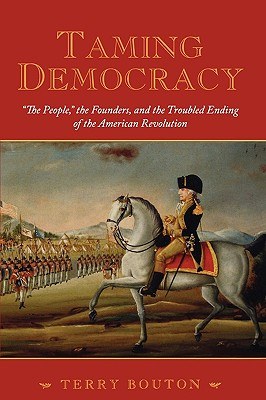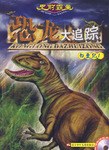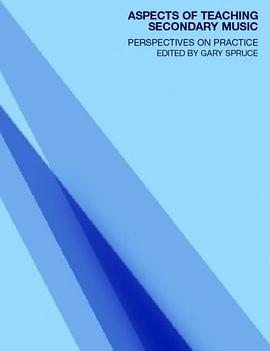

具體描述
A radical new generation of American abstract painters has emerged in the twenty-first century. Whereas their predecessors advanced abstraction in the shadow of the Cold War, this new generation arose at the cusp of the transition to the digital era and is marked by the traumatic events surrounding 9/11 and its ongoing social and political aftermath. In these shifting times the artist’s alter ego might well be the DJ—brushstrokes are replaced by "riffs" while "old school" palettes are discarded for "Teletubby purple" or "bubble gum pink". This is the age of "the remix" where raw material is downloaded and "Photoshopped". Contemporary artists have irony at their disposal and switch to tie-dye aesthetics or psychedelia as fast as they can quote Malevich. This next wave is thrilling. Painted loops, reminiscent of Jackson Pollock, are revealed to be motorcycle skid marks—bringing new meaning to Abstract Expressionism. Even though traditions are "deconstructed" and paintings can echo "grunge", historical continuity remains. As Max Henry writes in his introduction, "The American Dream does not exist any more. It is itself an abstraction." Abstract America is being published in conjunction with the opening of one of today’s most important institutions collecting and exhibiting contemporary art—the new Saatchi Gallery in London.
著者簡介
圖書目錄
讀後感
評分
評分
評分
評分
用戶評價
相關圖書
本站所有內容均為互聯網搜索引擎提供的公開搜索信息,本站不存儲任何數據與內容,任何內容與數據均與本站無關,如有需要請聯繫相關搜索引擎包括但不限於百度,google,bing,sogou 等
© 2025 book.quotespace.org All Rights Reserved. 小美書屋 版权所有



















